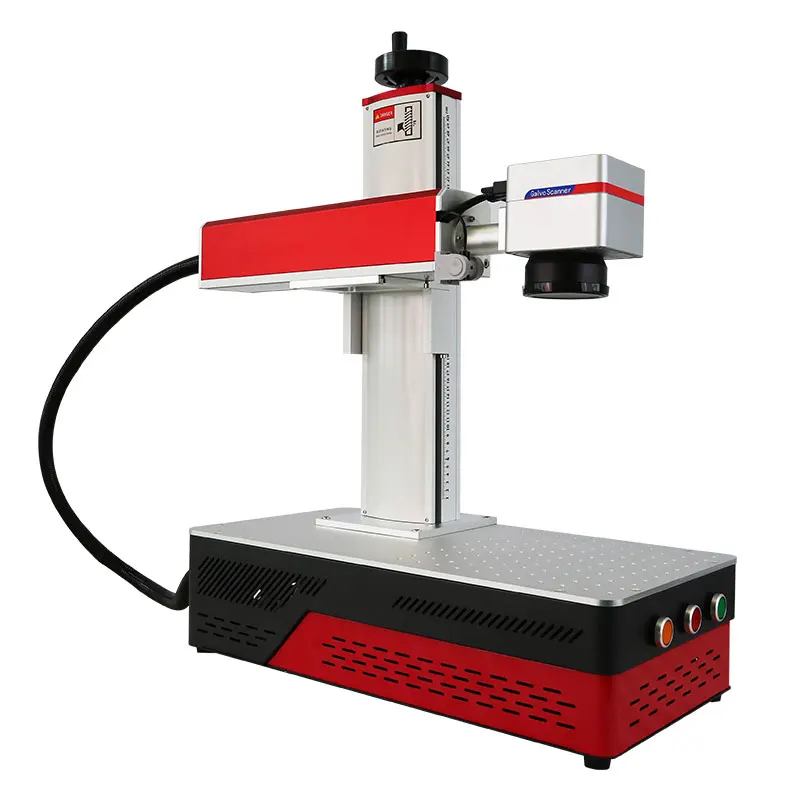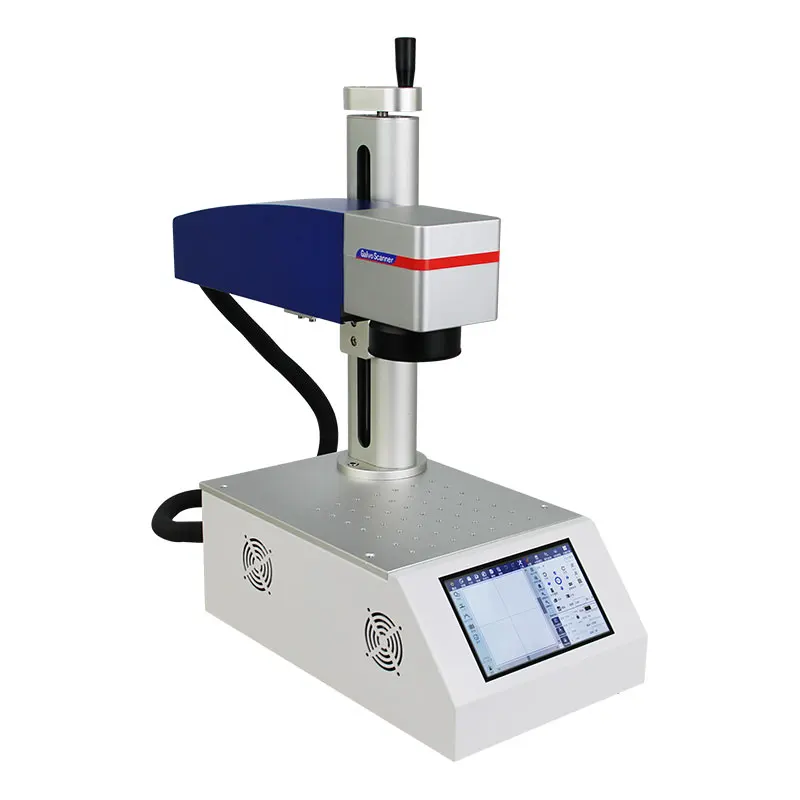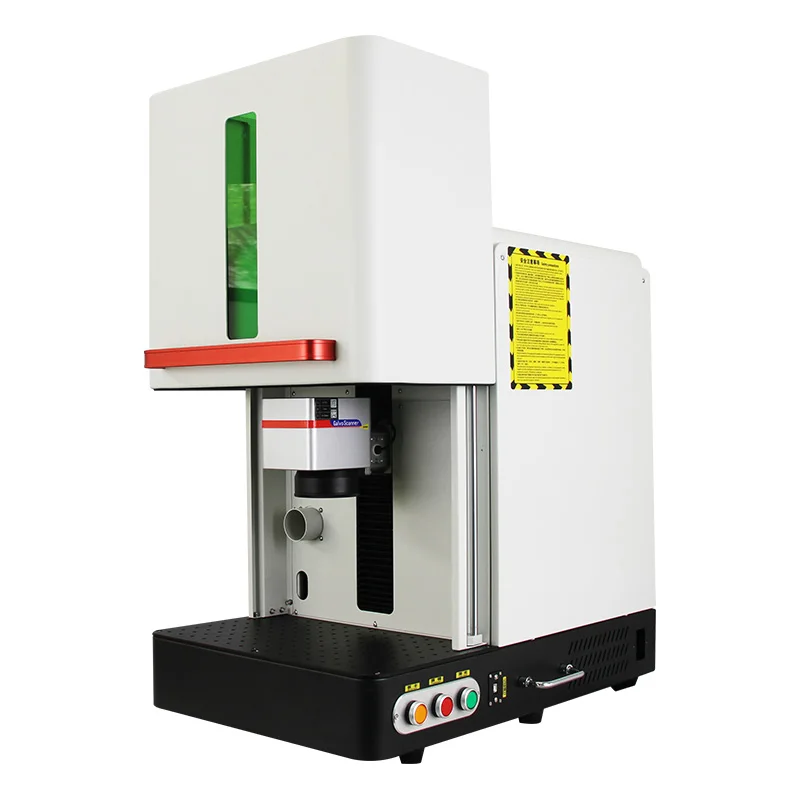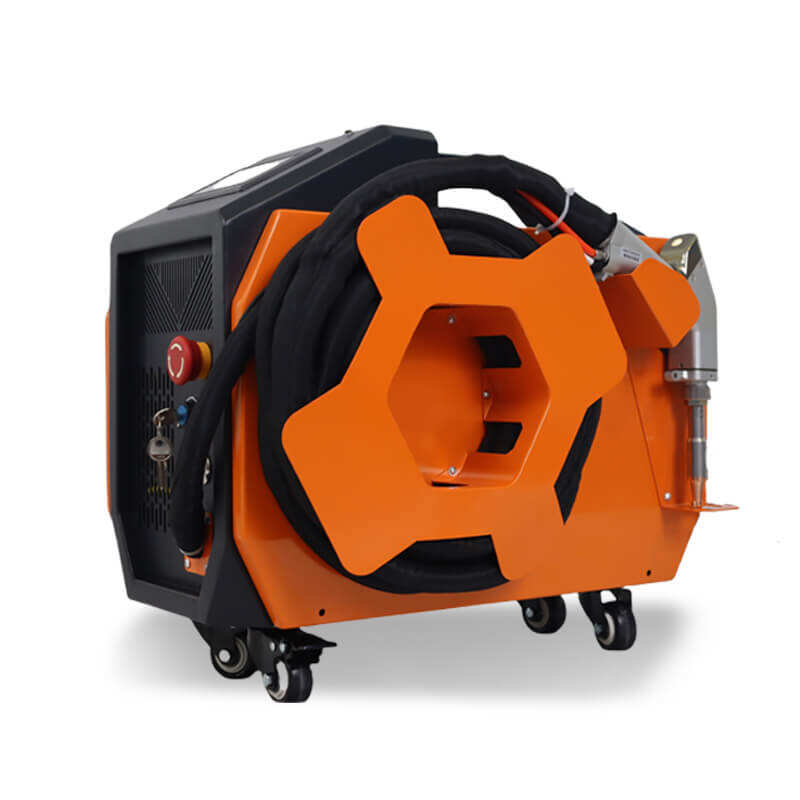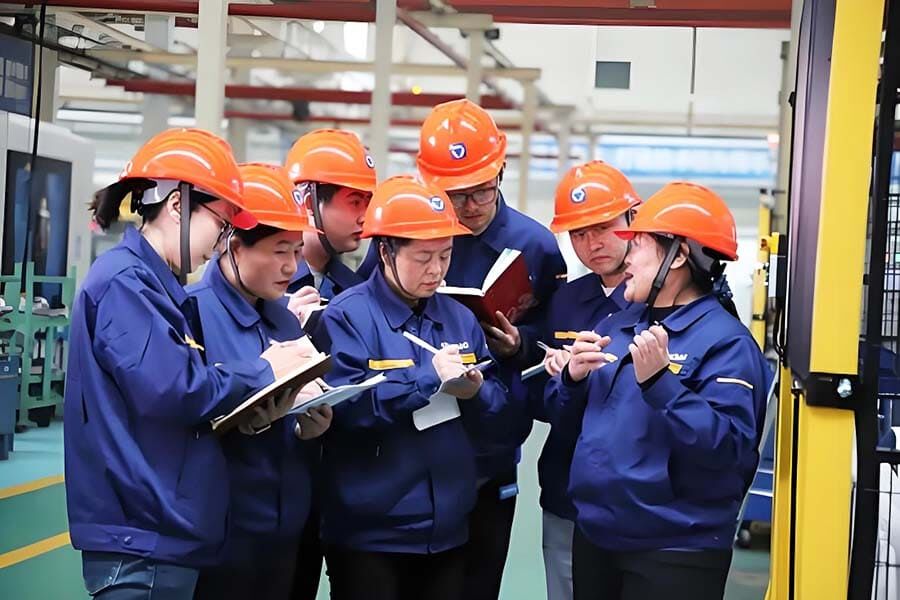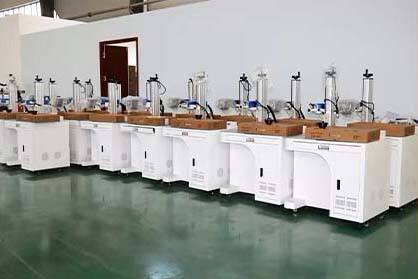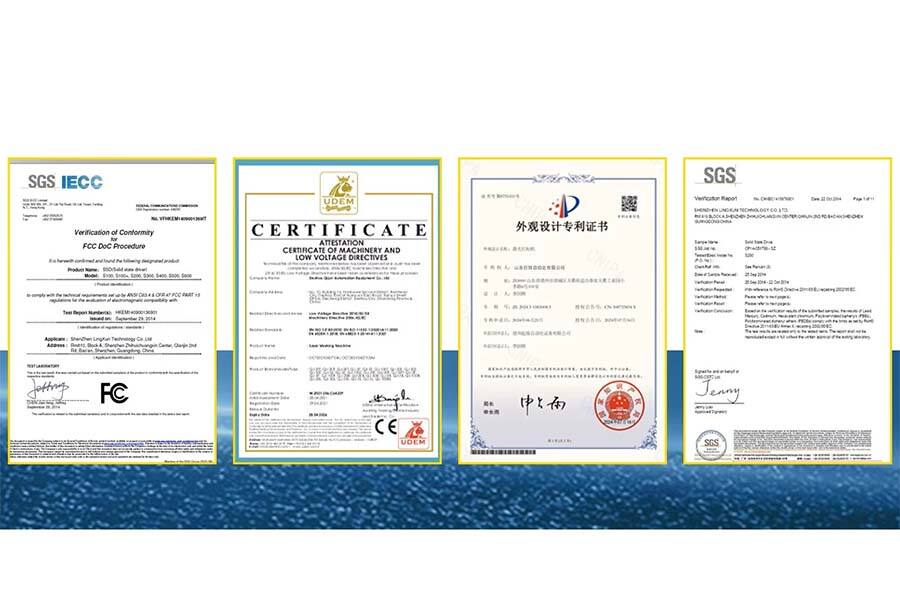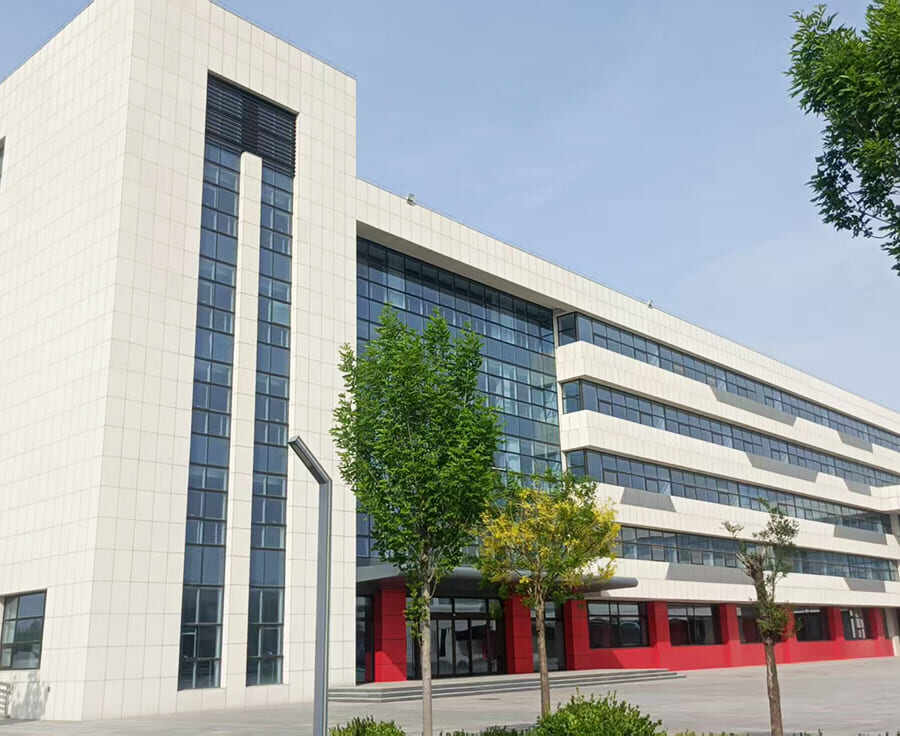Revolutionary Breakthrough: Why Laser Rust Removal Machines Have Become an Essential Tool for Industrial Maintenance
Traditional rust removal methods are facing obsolescence—chemical strippers pollute the environment, sandblasting wears down the base material, and grinding tools are time-consuming and labor-intensive. The advent of laser rust removal machines has completely rewritten the rules of surface treatment. It is not merely a tool upgrade but a strategic safeguard for asset value, operational safety, and production efficiency.
Non-Destructive Cleaning Protects Core Assets
When abrasives and strong acids etch metal surfaces, the thickness and structural integrity of the base material are silently eroded. Laser rust removal technology utilizes precise non-contact photochemical effects to vaporize only the rust layer, paint, or contaminants, leaving the metal substrate intact. This zero-damage characteristic is particularly suitable for antique restoration, precision equipment maintenance, and thin-walled metal processing, extending the lifespan of each asset by decades and avoiding hidden damage caused by excessive cleaning.
Green technology redefines safety standards
The carcinogenic residues from chemical rust removal and the silicosis risks from sandblasting dust have become persistent challenges in industrial health management. Laser operations require no chemical reagents and produce no toxic aerosols; capture-based dust treatment technology compresses evaporated residues into trace amounts of metal powder, reducing the need for protective equipment by 90%. This not only aligns with global ESG regulatory trends but also significantly reduces hazardous waste disposal costs, achieving triple protection for people, machinery, and the environment.
Millimeter-level precision breaks physical limitations
Complex weld seam textures, gear inner grooves, and cultural relic reliefs—microscopic areas inaccessible to traditional tools—are precisely where laser technology excels. A 2000W high-energy beam focused on a 0.1mm spot can peel off rust layer by layer without damaging the surrounding area. In critical applications such as repairing aircraft engine blades and cleaning rivet gaps on ships, this surgical-level precision reduces rework rates to near zero.


